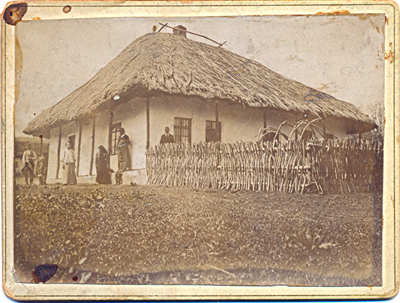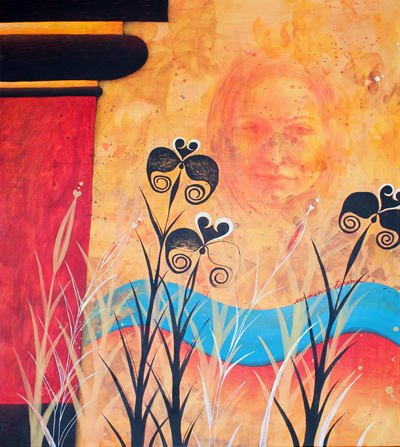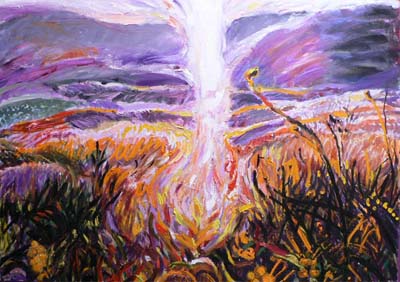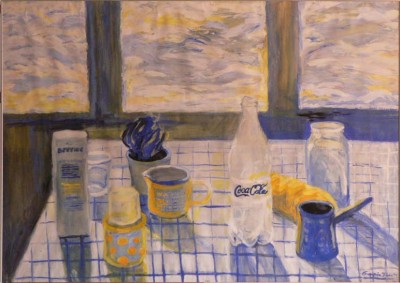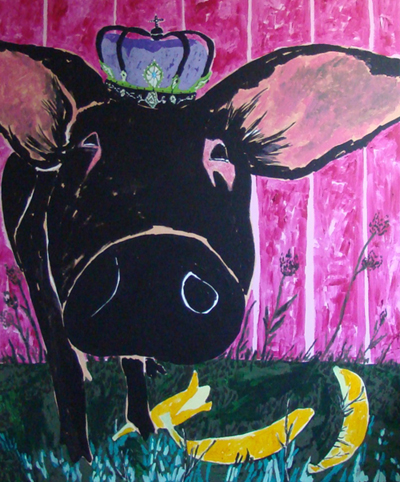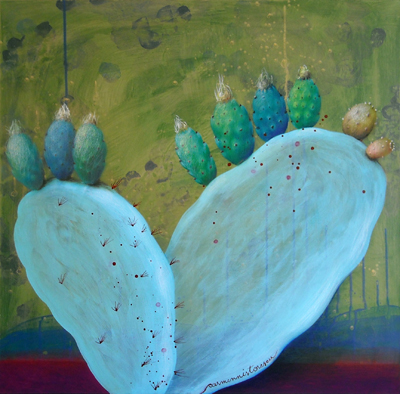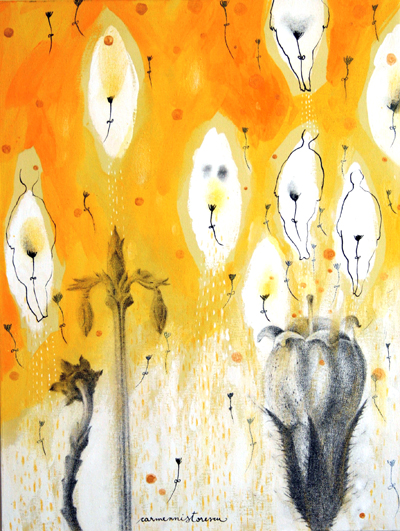|
Postat de admin in Opinii
miercuri 1 oct. 2014
Edward Luttwak
Given Iran’s unrelenting hostility to the United States – “death to America” is the constantly repeated official slogan — a war would be readily understandable. But instead of fighting Iran as it continues to oppose American interests everywhere, we are now once again fighting for Iran, by attacking its most deadly enemy of the hour.
Back in 1991, Iran’s most dangerous enemy was Saddam Hussein’s highly militarized Iraqi state, which kept Iran in check even after its failure to destroy the Ayatollahs’ regime altogether — Saddam’s original aim in starting the war in September 1980.
Iran gained immensely from the American war of 1991 that decisively weakened Saddam’s regime, because it no longer had to keep up large frontal forces to guard against another Iraqi invasion. But there was no full demobilization to focus on rebuilding war-devastated areas. Instead Iran intensified its nuclear efforts and diverted personnel and weapons to Lebanon, to build up its fellow-Shia Hezbollah, and to Yemen’s to support the Houthis, also Shia albeit of a different sect. Then in 2003, Saddam Hussein’s state was altogether destroyed by the United States, allowing Iran to exercise unchecked influence over its fellow Shia of Iraq. One of its expressions was the Mahdi Army of the Shia cleric Muqtada al-Sadr armed and trained by Iran, which attacked American troops even as they were fighting against Sunni insurgents who were targeting Iraq’s Shia : evidently Iran’s overriding priority was to weaken the United States. More broadly, once Saddam was no longer there, Iran instantly became the strongest power in Iraqi politics as a whole — no Arab Shia leader or party was ready to oppose Iran’s will on anything of substance, even as they relied on American protection and American financial aid.
By then, the US had fought another war for Iran in 2001, to destroy the power of the Taliban, whose strict Sunni doctrine condemned the entire Iranian regime along with their fellow Shia of Afghanistan as heretics deserving of death. In 1998, when the Taliban entered the city of Mazar-e-Sharif, there were massacres of local Shia, and the diplomats of Iran’s consulate were killed. By then, Iran was forced to man its long border with Afghanistan very intensively, to guard against Taliban raids, Baluch insurgents, armed smugglers and illegal immigrants in large numbers. The US invasion of Afghanistan replaced the Taliban regime with the Afghan government of Hamid Karzai, whose attitude to the United States was to degenerate into outright hostility even as his government continued to rely largely on US funding and US protection, but whose attitude to Iran was never less than deferential.
In both Iraq and Afghanistan, the United States was of course focused on the main action of removing an offending regime. But in both cases there could have been action early on to mitigate the collateral benefits to Iran. Because it persistently resorted to terrorism and the support of terrorists to attack Americans, there were opportunities for countermeasures and for retaliation that would have weakened Iran but which remained unused.
This grave omission must not be repeated. As the US acts against the Islamic State and some other Sunni Jihadis in Iraq and Syria, thereby benefiting Iran by attacking its enemies, it is essential to offset that collateral benefit by intensifying pressure on the Iran regime, not only in regard to its nuclear activities but also for its long-range missile and terrorism violations. To enter into a tacit alliance with Iran against the Islamic state would not amount to cold-blooded realism, but to a gross failure of statecraft, inexcusable three times in a row.
September 25, 2014
Lasati un comentariu
|
Sunt postate doar comentariile de substanta si la obiect, trimise de persoane cu identitate declarata. Asumati-va opiniile - nu va exprimati despre textele unor persoane reale sub etichete fictive. Nu sunt postate jigniri, trivialitati, injurii, materiale publicitare.
Rosa canina, mai 2019
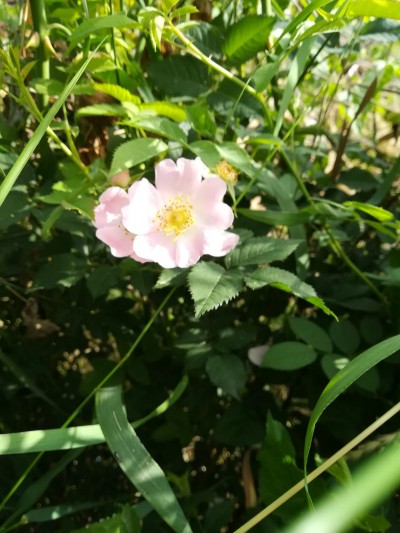
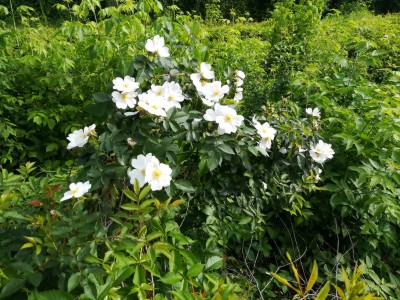
©Gabriela Cernusca
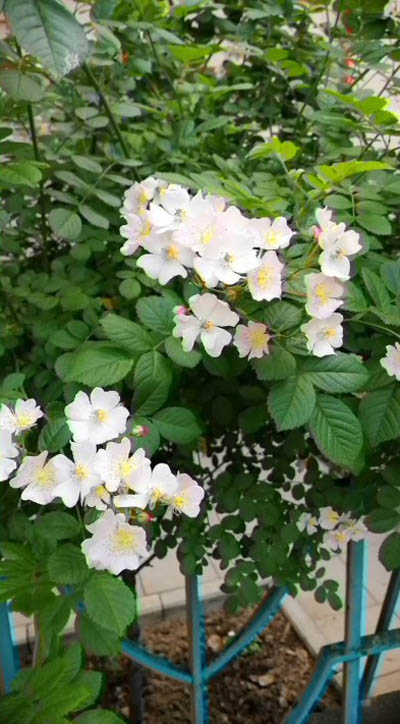
©Adina Kenereş
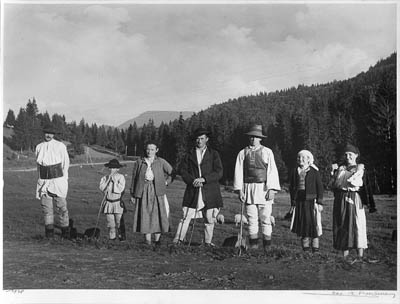
Ciobani din Măguri, 1938

Înainte de primăvara 2018
©Bogdan Constantinescu
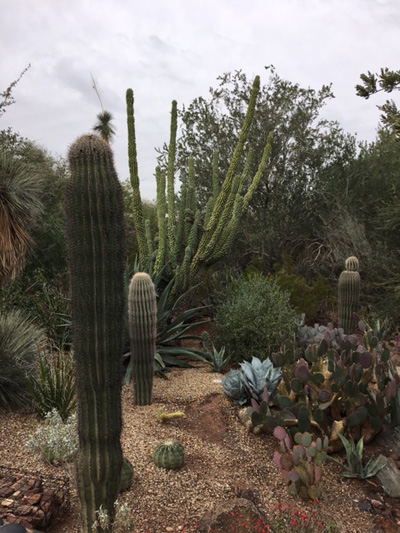
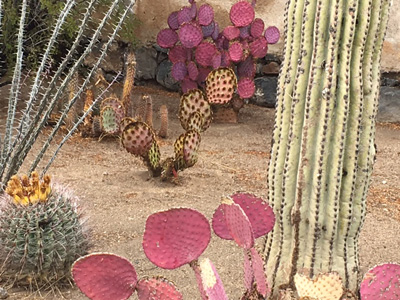
În soarele deşertului Sonora, în Arizona,
cactuşi gigantici (saguaro), opuntia şi verii lor
©Kiki Skagen Munshi
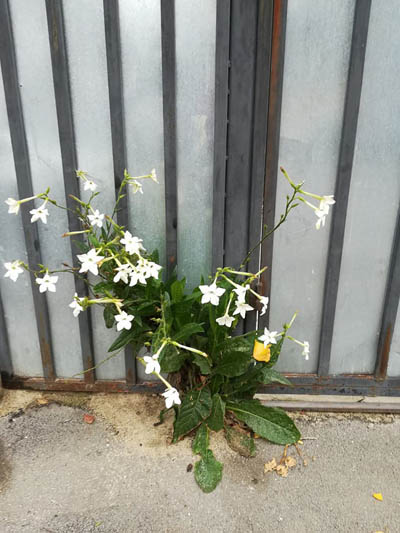
Regina-nopţii din cartier
©Gabriela Cernuşcă
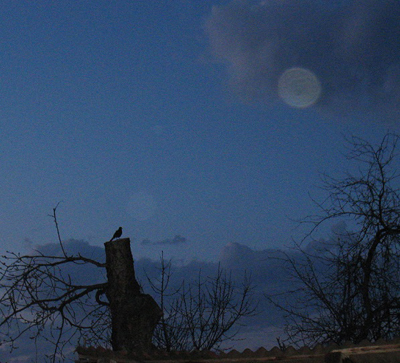
Mierla, 23 martie 2017, fotografie de Denisa Toma
Din grădina Mirunei – vara 2016



 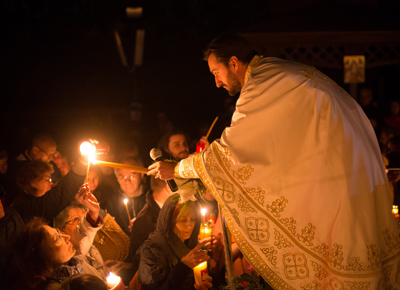 Veniţi să luaţi lumină !
Fotografie de Andrei Pandele, 1 mai 2016
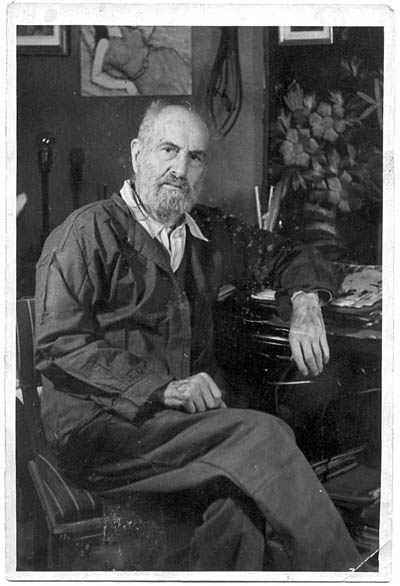 Pallady târziu –
fotografie din colecţie privată
Trei imagini din cea mai recentă expoziţie a Dalyei Luttwak la Greater Reston Arts Center, « Încolţirea aurului », septembrie 2014
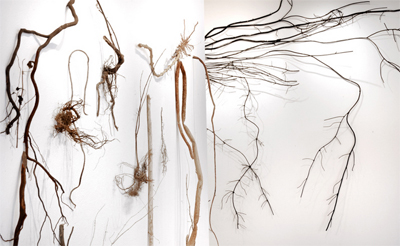
Rădăcini autentice din atelierul artistei – în fundal, lucrarea Cannabis sativa
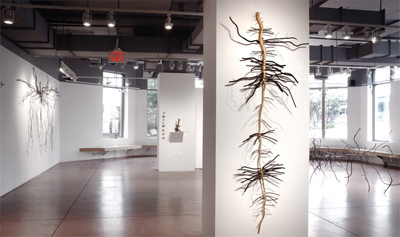
Vedere din expoziţia « Încolţirea aurului »
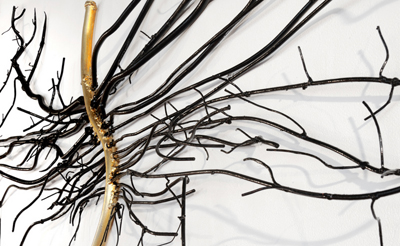
Cannabis sativa (detaliu)
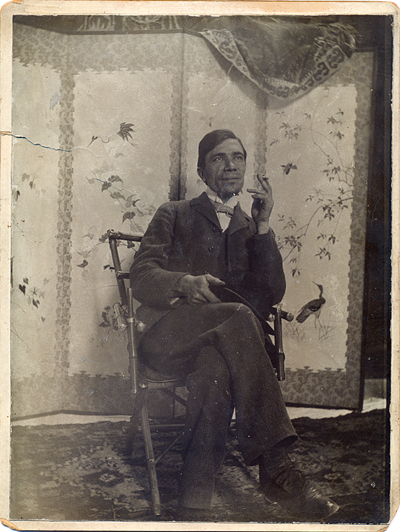 Ştefan Luchian, spre sfârşitul vieţii –
fotografie rară, 22,5 cm x 17 cm
Picturi de Constantin Pacea
expuse la Muzeul Ţăranului Român
(din 9 aprilie până la 18 mai 2014)



 Altă lucrare a Dalyei Luttwak
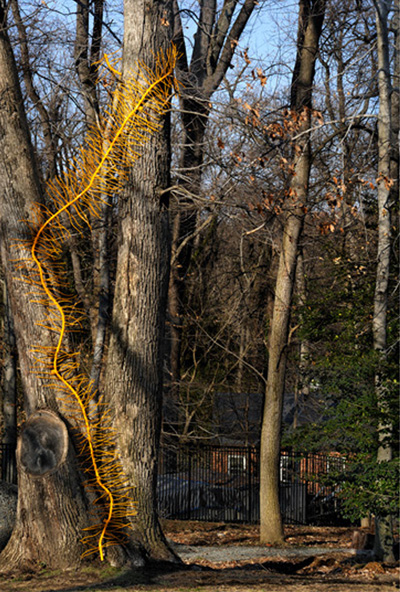
Poison Ivy, 2014
Oţel, circa 8 metri
Kreeger Museum, Washington DC
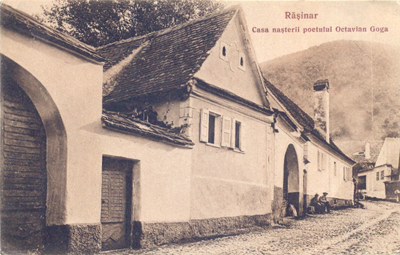
Casa în care s-a născut Octavian Goga la Răşinari
Alte două lucrări ale Dalyei Luttwak

Hidden, 2009

When Nature Takes Over, 2011
Două lucrări ale Dalyei Luttwak
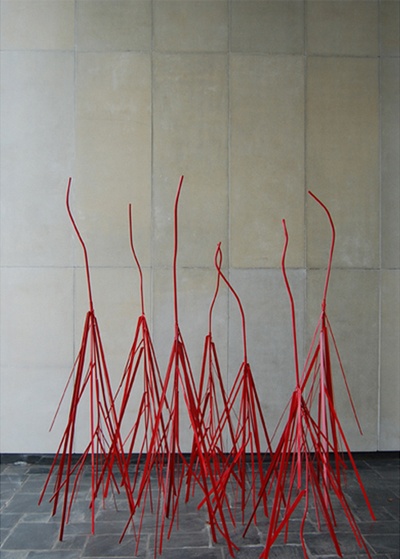
Rhizophora Mangle (Mangrove), 2010
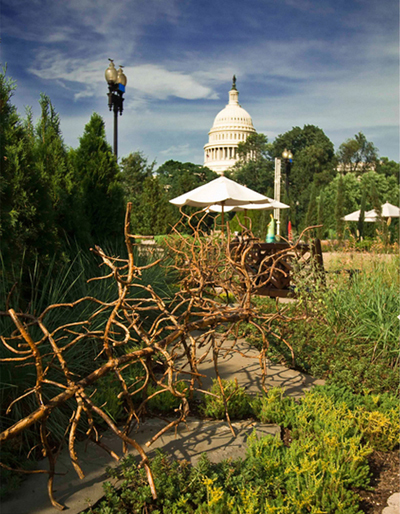
Flora, Growing Inspirations, 2009
 Restaurant în Grădina Botanică
Foto arhitect Alexandre Petit
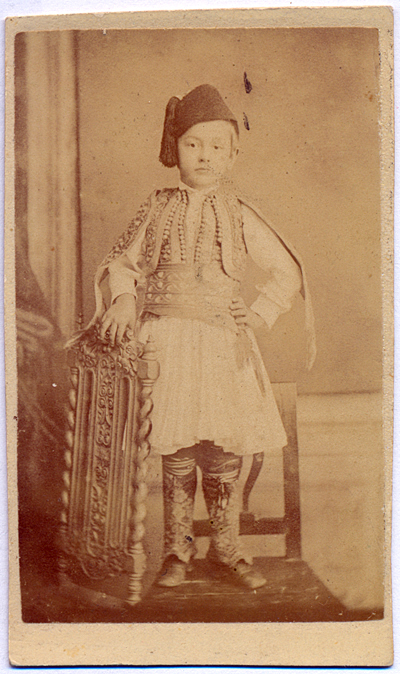 Alexandru Bogdan Piteşti, Din Ohritu
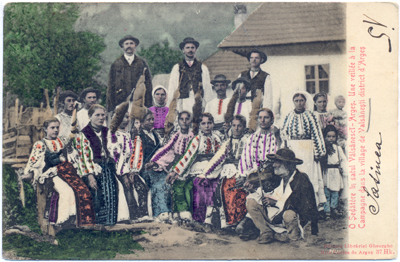 O şezătoare în satul Vălsăneşti Argeş
Colecţia Bogdan Vasile, Anticariat Unu
Fotografia Cristinei Nichituş Roncea
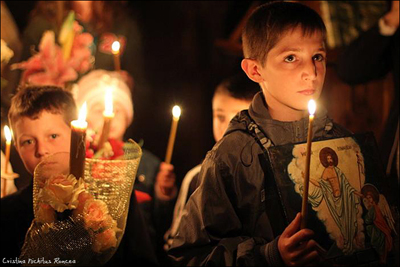 Paşte 2013
 Mînuind biciul de apă Mînuind biciul de apă© Andrei Pandele Albeşti, 23 aprilie 1896, colecţie particulară
Fotografii ale Cristinei Nichituş Roncea
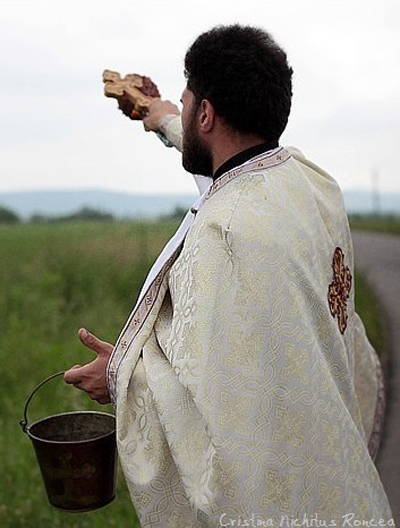
Binecuvântare în Făgăraş
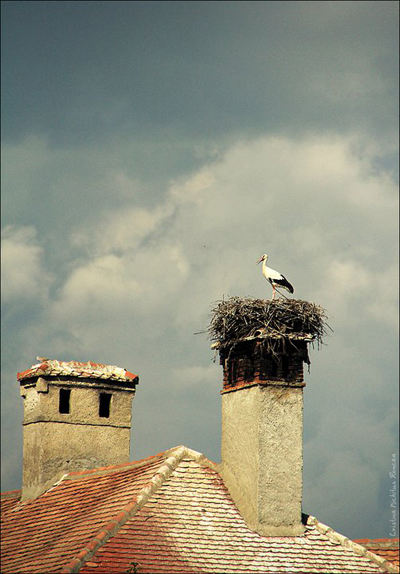
Barză în Apuseni

Valah la începuturile secolului XX
O schiţă şi trei pasteluri de Eugen Mihăescu

Pont-Neuf (esquisse)
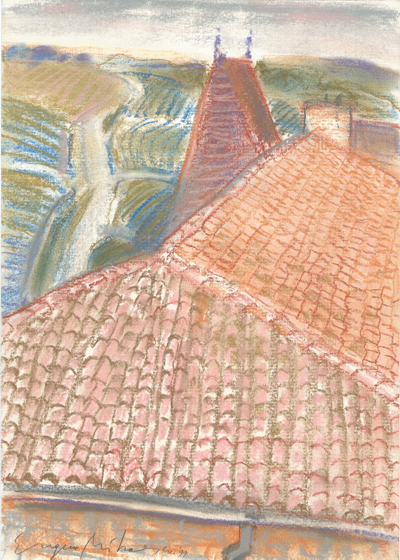
Les Vignobles à Bagnols
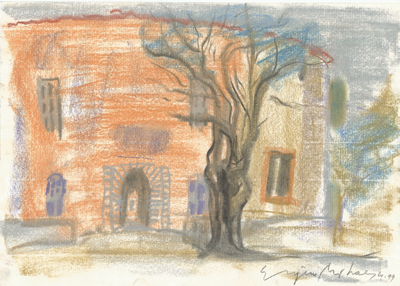
Le Château de Bagnols
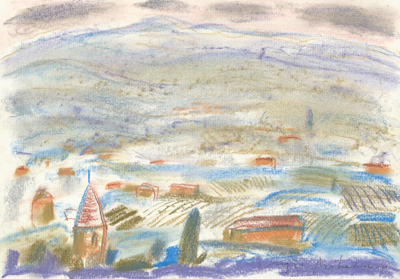
Paysage à Bagnols
Una dintre ultimele lucrări
ale lui Carmen Nistorescu : « eu » Vlad Predescu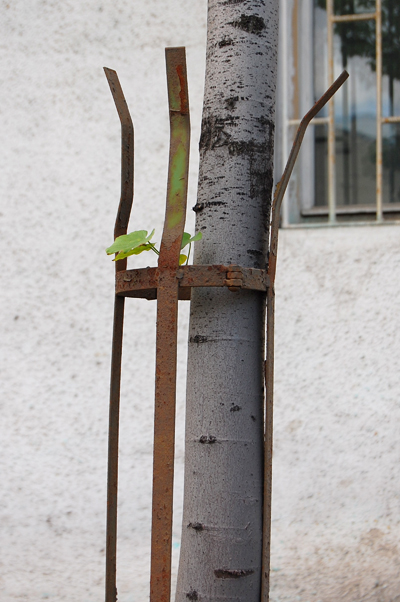
Vara speranţei noastre
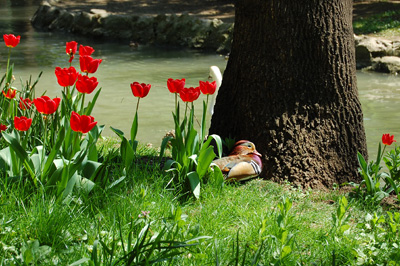
Raţă cu lalele
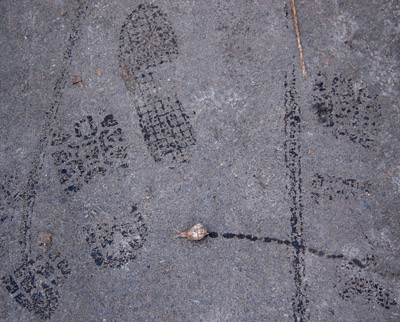
Melc în ianuarie
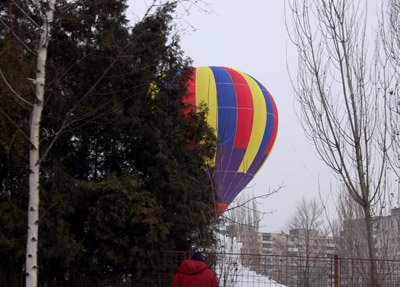
Şi deodată, un balon !
Altă lucrare a Eugeniei Ilieş
Alte fotografii de Radu-Petru Iliescu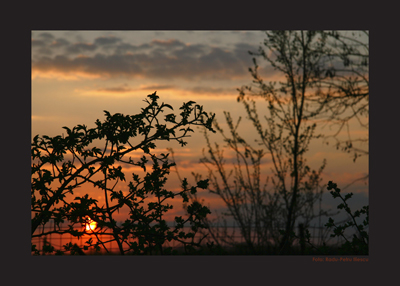 Apus la Căldăruşani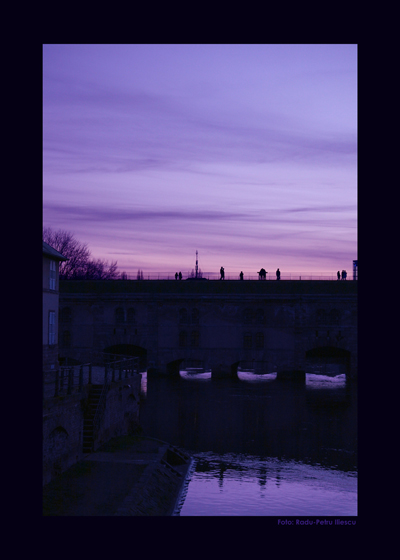 Canal la apus în Strasbourg
Altă fotografie a lui Lucian Muntean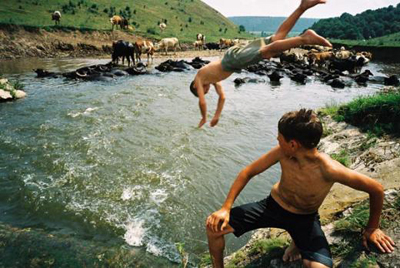 Într-o zi toridă de vară, tinerii păstori se scaldă alături de bivoli în rîul Hăşdate, în amonte de Cheile Turzii.
Iulie 2005
Fotografii de Radu-Petru Iliescu 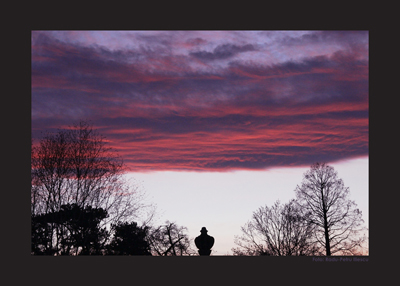 Apus la Oxford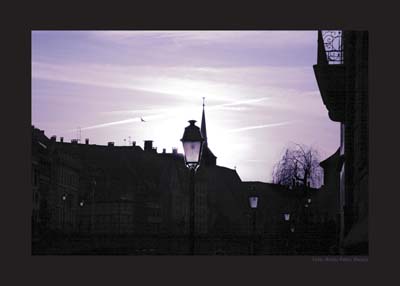 Apus cu felinare în Strasbourg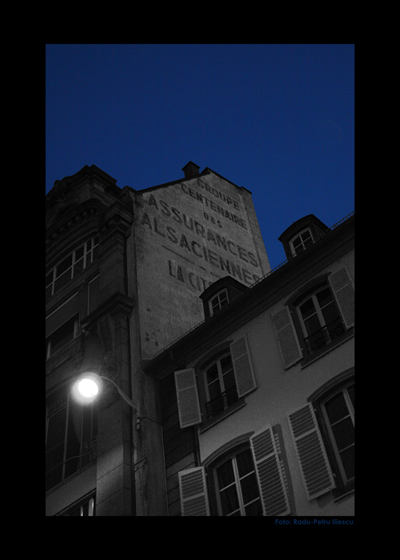 Vedere din Strasbourg noaptea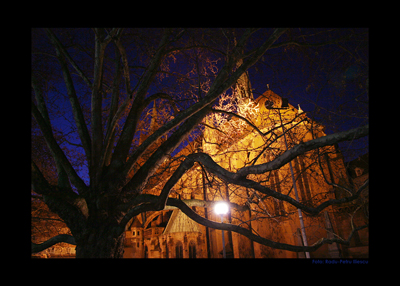 Catedrală din StrasbourgVedere din parc, noaptea. 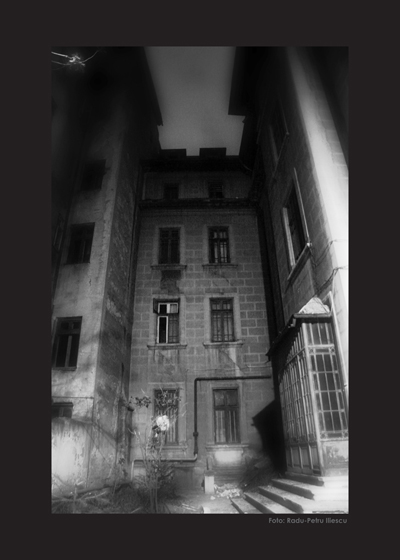 Bloc părăsit pe George Enescu
Alte fotografii ale lui Lucian Muntean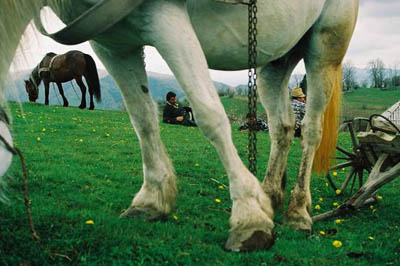 OdihnăŢăranii din Apuseni încă îşi lucrează pămîntul în mod tradiţional. 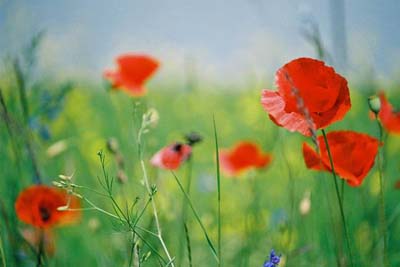 Cîmp cu maci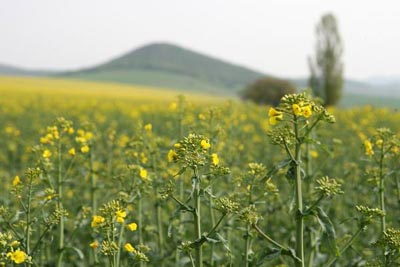 Dobrogea – culoarea primăverii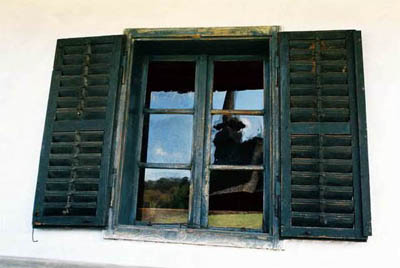 Fotografie făcută în Muzeul Etnografic din Cluj-Napoca
în 1997
Alte lucrări ale Eugeniei Ilieş  Cui nu-i plac fotografiile lui Lucian Muntean ?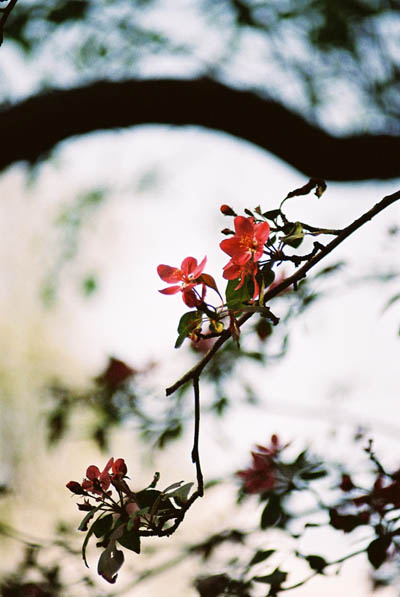 « Amintiri dintr-o altă primăvară » Cluj-Napoca, 2004  Reflexie în fereastră, Biserica Sf. Mihail, Cluj-Napoca, România, 2002Fereastra este acel loc special, care desparte intimitatea de infinit. 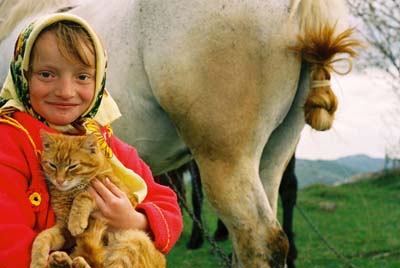 « Blondele » :
Florina, pisica şi iapa Doina – trei blonde, la Rogojel, un sat izolat de munte, din Apuseni
Alte lucrări ale Eugeniei Ilieş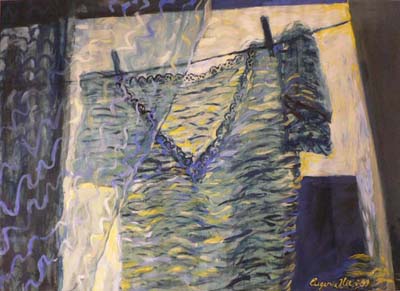 Pictura Eugeniei Ilieş
Cu talent şi umor, tînăra graficiană din Tîrgu Mureş a ilustrat deja o seamă de cărţi şi reviste pentru copii. Puţini ştiu însă cît de vie e pictura ei.
Ce mai pictează Cristi Gaşpar ?
Pictura lui Carmen Nistorescu
Pentru că, înainte de a face ilustraţie, a făcut – şi face tot timpul – pictură.
Inimă albastră, tehnică mixtă pe pînză (seria nouă)
Miere, tehnică mixtă pe pînză (seria mai veche)
script type="text/javascript">var gaJsHost =(("https:"==document.location.protocol) ? "https://ssl." : "http://www.");document.write(unescape("%3Cscript src='" + gaJsHost + "google-analytics.com/ga.js' type='text/javascript'%3E%3C/script%3E"));
|






































